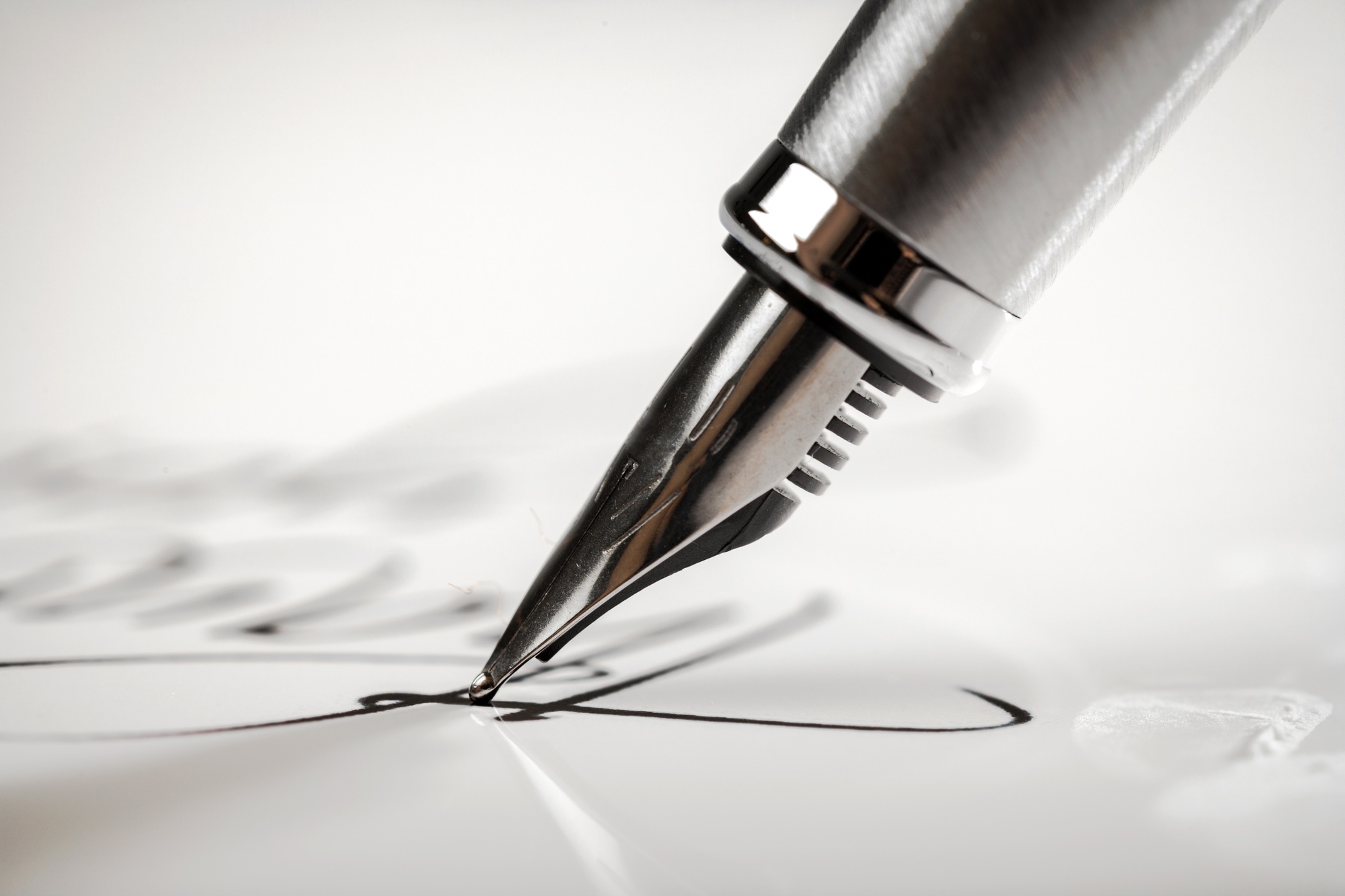How to Write a Letter: Ways to Guarantee You’re Sending a Great Letter

So you need to write an amazing letter that’ll pack a punch.
Whether you’re going for a new job or you just want to send something nice to a friend, there are a few rules you need to follow.
The art of letter writing has fallen by the wayside in recent times. In fact, in 2017, mail declined by 4.9 billion pieces. This is partially because we choose to communicate via the Internet.
But the art of the letter is not lost.
In this article, we’ll discuss how to write a letter and the rules that apply.
How to Write a Letter: Choosing the Letter Type
Before we get into the nitty-gritty, you need to know what type of letter you’re sending. If you’re sending a fun letter to a friend or family member, you don’t really need to follow the established rules.
A simple greeting and then writing your letter is fine.
On the outside of the envelope, you’ll address your friend or family member. You can do so casually or more formally, whichever you think they might appreciate.
What we’ll talk about is the ins and outs of a formal letter. This is especially important for a college student who is searching for a job for the first time.
Formal Letter: The Layout
When you write a formal letter, it should have five parts. This contains the contact information, the salutation (the greeting), the body of the letter, closing and the signature.
With a written letter, your contact information is always at the top of the letter. Let’s go over that now.
Contact Information
When writing a formal letter, your contact information goes at the top right-hand corner. This will typically include your name, title and address. If you wish, you can include your email and phone number.
The contact information of who you are sending the letter to is almost always included in formal letters. This means that you’ll put their name, their department and address. You can also choose to add an email or phone number.
When finished, both should like something like this:
Name
Address Line 1
Address Line 2
City, State Zip Code
Phone Number
Email
At some workplaces, your letterhead will replace your need to include your contact information. Instead, you will only put the contact information of the recipient on the left-hand side of the letter.
The Date
In a formal letter, you will include the date underneath the recipient’s contact information. This is typically written in a full format, such as “July 25, 2020” instead of using abbreviations.
Choosing a Salutation and Addressing the Recipient
When you write a letter, you should address it to the individual you are writing the letter to. Although this seems like common sense, it is still something worth going over.
In formal letters, you should always address the person as “Dear” followed by their title and surname.
For a doctor, your salutation would be, “Dear Dr. Wu,” with a comma after his or her name.
For someone without a formal title, you would write, “Dear Mrs. Levy,” again with a comma after her name.
Your greeting should always be addressed to a specific person.
If you don’t know the specific person, it is okay to write, “Dear HR Manager,” or “To Whom It May Concern,” in lieu of a person’s name. You may also use “Sir or Madam” as a substitute for a name.
Your Letter’s Body
This is the “meat” of the letter. In this section, you’ll address the person you want to address and tell them what you’re aiming to do. This could be a summary of your resume and highlights of your special skills if you’re applying for a job.
Or, it could simply be a letter informing someone of a meeting or inquiring something about their business.
In a formal letter, you’ll need to keep it brief. You don’t want to ramble and go on and on. Try to keep it down to three paragraphs at most. You should aim to have everything you need to say on one piece of paper. If it spills over to a second page, ensure that you’re still being succinct.
Remember, if you’re writing a formal letter, the individual is probably receiving many letters per day. This is also the case if you’re applying for a job. You want your letter to be to the point, but also to give them the information needed.
Sign Off
In most formal letters, you’ll sign off with “Sincerely,” with a comma after the end. You can also choose a few other sign-offs, like “Cordially,” “Warmly,” or “Yours,” all of which are acceptable.
You should definitely stay away from anything that is too familiar if you’re not writing to someone you already know.
Your Name
At the end of the letter, skip two or three spaces to leave room for your signature. Type out your name so that the individual reading it can tell it is from you. Often times, signatures are not as clear as we would like them to be. Therefore, writing your name underneath it clarifies who you are.
If you have a title, you may also want to include that underneath your signature. This should be a formal title, like “Head of Resources,” “Education Intern,” or whatever title you use in business.
Signature
Sign your name above where you typed your name. You should always use a pen. Blue or black ink is preferable.
The Envelope
Your company may have an address label you can affix to your letter. If not, simply address the individual the same way you did at the beginning of your letter, with the contact information below.
To add a bit of uniqueness, you can seal the envelope with Creative Rubber Stamps. You can also put these on the front of the envelope for a bit of originality.
Putting It All Together
How to write a letter may be slowly turning into a lost art, but it doesn’t have to be. Professionalism and class never go out of style. As such, you’ll need to ensure your letter exudes both.
Click here for more life tips and tricks.



